(Editor’s note: Larry Crane was working on this story when news arrived of the death of automotive engineer Roy Lunn.)
A wall of sound explodes into the canyon between the tribunes lining the start-finish straight where the Le Mans 24-Hour Grand Prix of Endurance has entertained and deafened hundreds of thousands of devoted fans for nearly a century.
Ford cars have been in the competition since the earliest days of the Model T, but this particular wall of sound was delivered during the mid-’60 when Ford struggled to compete, improved in all aspects and failed again, then won for four consecutive years. The tool of victory was a small GT car with its roof only 40 inches from the pavement. It was created on a blank sheet of paper by Roy Lunn, an expat Brit with a vivid imagination and the technical gifts to bring Ford dreams to life — and victories.

After a 71-year career (70 of those years shared with his wife Jeanie) of international adulation for creating new forms in alloys of metal and compounds of polymer for cheating the static atmosphere and accelerating those same molecules for efficient combustion; at 92, he’s in touch with his computer and his drawing board every day in search of solutions for a renewable future — his, ours and personal mobility as a concept.
He was born on June 26, 1925, in the London suburb of Richmond and began adding to the family income as an apprentice machinist’s tool-maker at the age of 14. He began his university studies with some serious engineering experience and finally completed his degrees in automotive and aeronautical engineering in 1954 — he was 29.
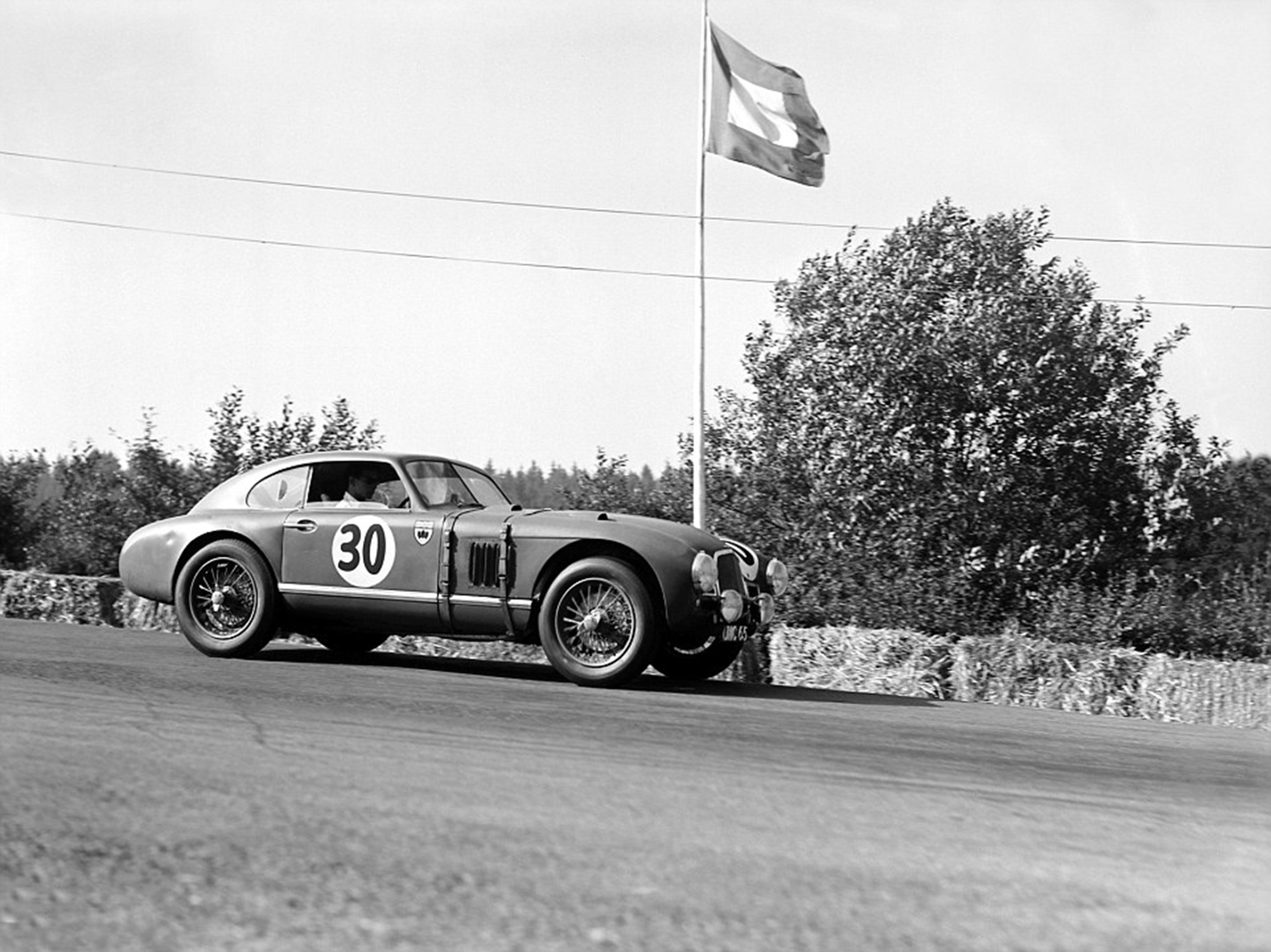
After a stint as a pilot with the RAF during the last two years of World War II, he joined A.C. Cars (later famous for a Ford-powered roadster we in the U.S. know as a Cobra). By 1947 he was with Aston Martin as assistant chief designer to the legendary Ebran Eberhorst (designer of the 1939 C-type Auto Union grand prix cars); Lunn was given responsibility for the DB2 program. Thus his first experience at the 24-Hours of Le Mans was with Aston Martin and his DB2s in 1949.
Having accomplished that goal, he accepted the position of chief engineer with Jowett cars to help develop its new Jupiter sports car. He brought his friend Professor Eberhorst along on a contract for chassis design. The 4-cylinder opposed 1.5-liter roadster won its class at Le Mans in 1950 and 1951, leaving the new Porsche coupes behind both years.
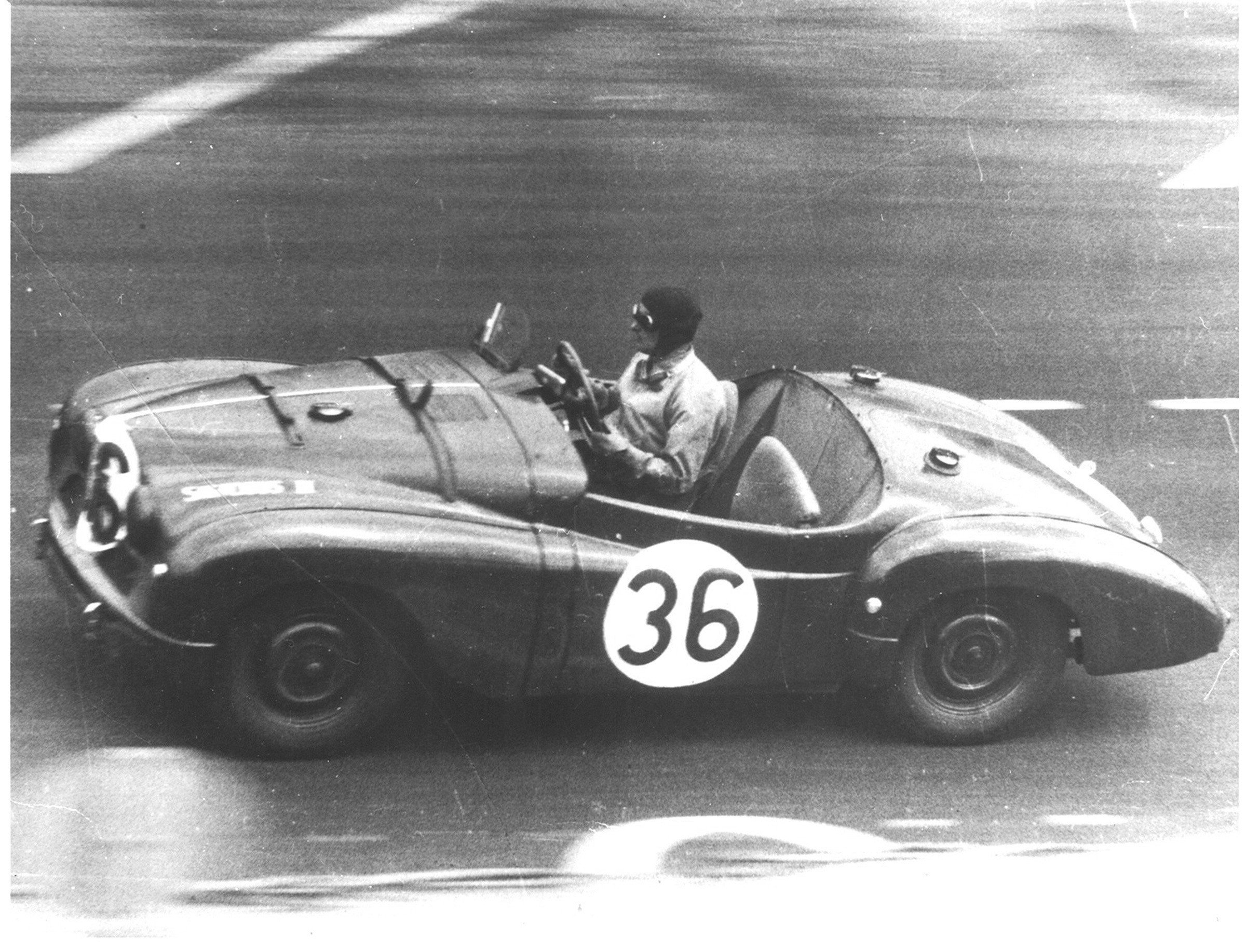
Roy Lunn co-drove his new creation with Marcel Becquart to win the 1952 Royal Automobile Club International Rally, among a number of successful competitions.
Always in search of new solutions, he lightened the Jupiter chassis and created a handsome, lightweight structural body of the newly developed GFRP (glass fiber reinforced polymer) a science for a future known only to the most visionary creators in the automotive world. He introduced the idea to the BBC audience as the Jupiter R4 the following year. But it was not to reach production before Jowett ceased to exist.

Recognized as an innovative engineer with competition success, Ford asked Lunn to create an engineering research facility in Birmingham, England, in 1953 — while he was completing his university degrees. His first success there was the elegantly advanced, unit-bodied Anglia saloon with its short-stroke, high rpm-capable 1050e ohv engine that became a legend in 1.5-liter class competition for the next four decades.
He was transferred to Ford of Dagenham manufacturing headquarters as car product planning manager while he oversaw his 105e Anglia into production.
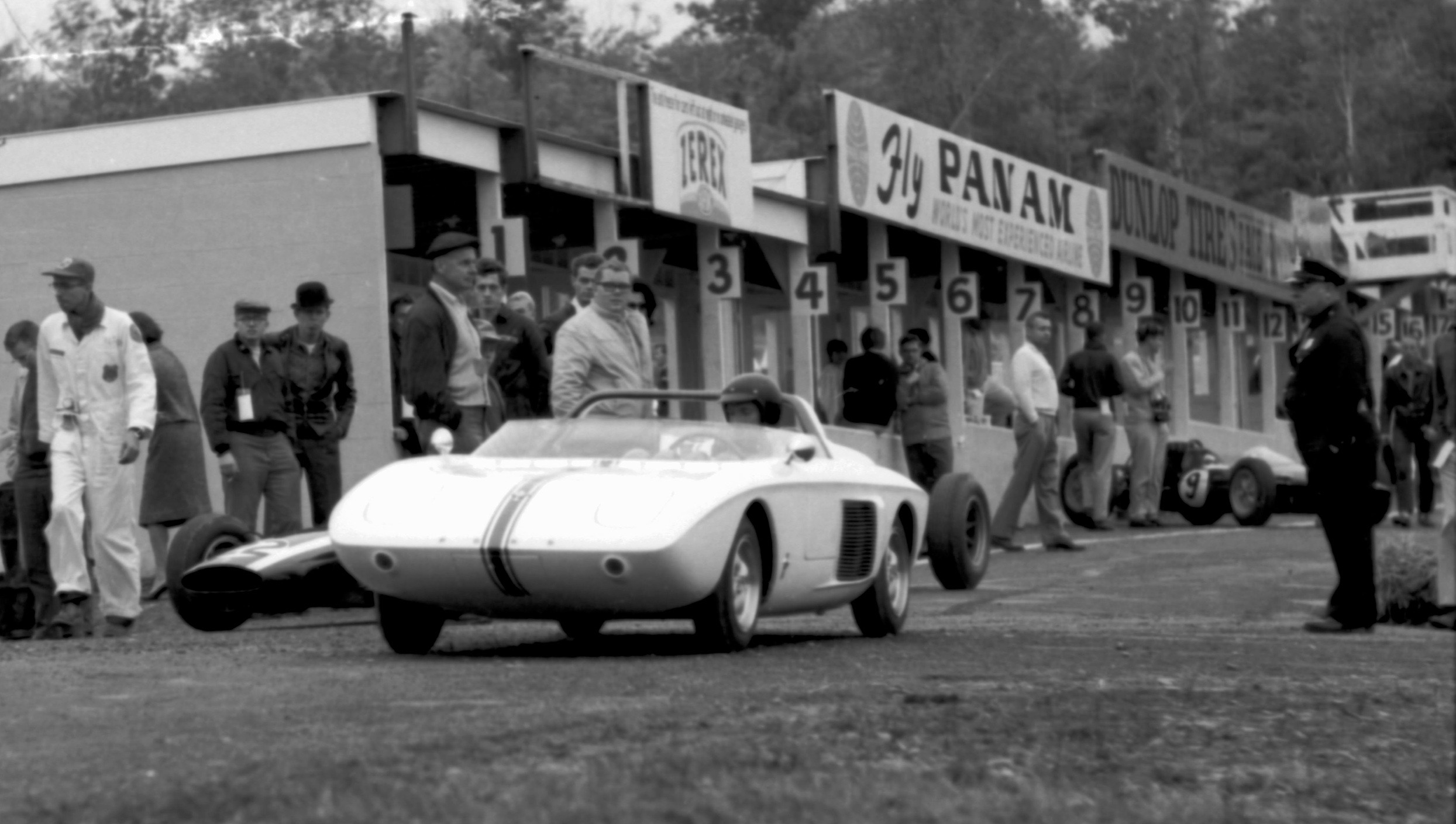
Impressed by his leadership in a creative atmosphere, Ford USA asked him to emigrate across the Atlantic to assist in organizing what became Ford Advanced Vehicle Center in 1958. Primary in his catalog of advanced international products was a front-wheel-drive sedan. In house it was known as the Cardinal; uncertain if the concept would sell in America, it began production in Germany as the Taunus. The 15M model used a 1.5-liter V4 mounted longitudinally ahead of the front axle and gearbox.
Non sequiturs in his design schedule were a vast, gas-turbine-powered aerodynamic truck capable of hauling 170,000 pounds of freight in two trailers virtually non-stop (with two drivers) from coast to coast on the new transcontinental inter-state highway system; and a tiny, under-2-liter sports car to compete with MG and Triumph; exciting challenges for Roy Lunn, Ford’s successful creator of extraordinary vehicles.
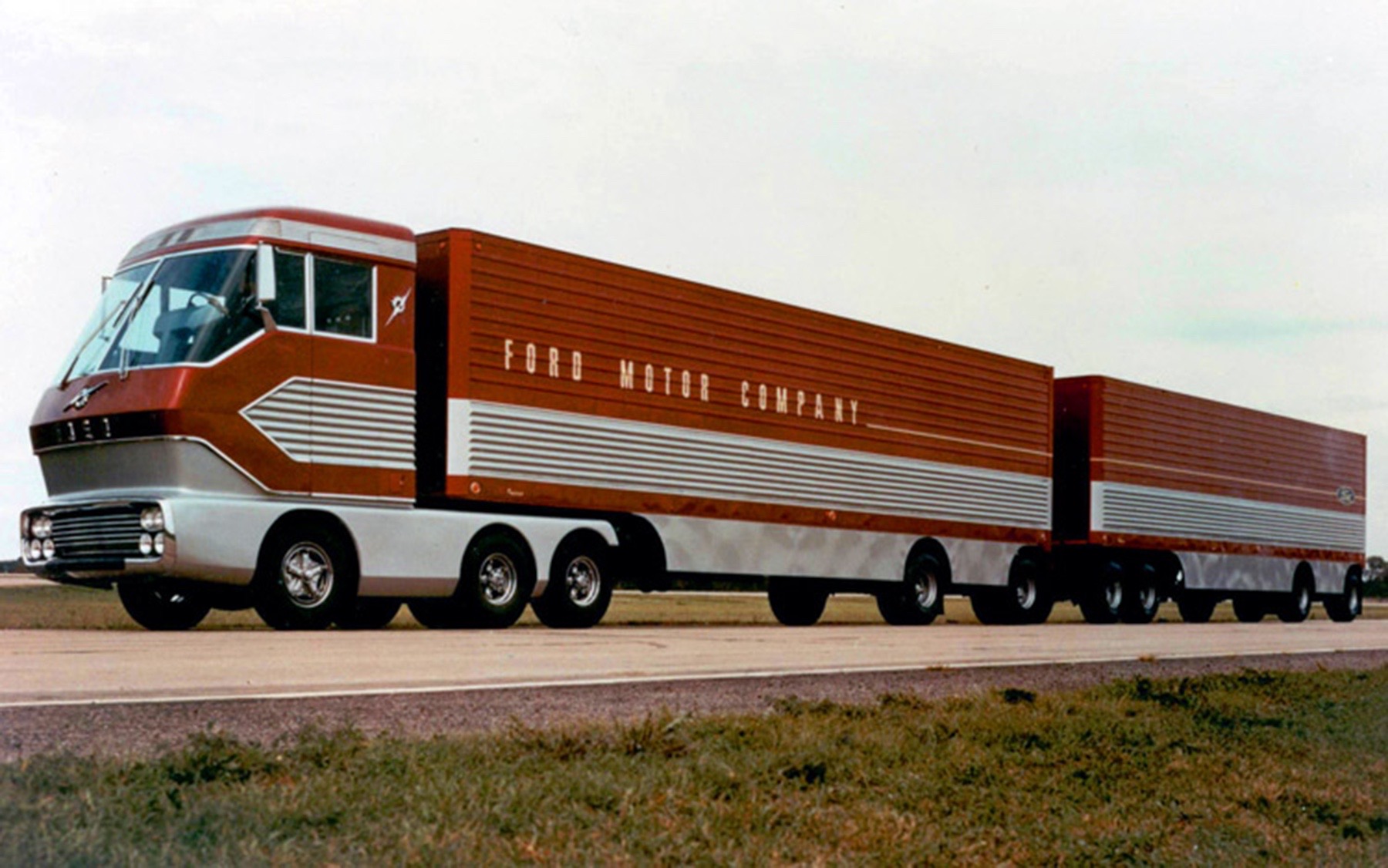
Fresh in his conscious was the fully developed constant-velocity front wheel-drive system in the Taunus. It could be mounted behind the seats of-a small space-frame chassis structure to create a very advanced mid-engine sports car at a reasonable cost — including suspension components sourced from Colin Chapman’s Lotus works.
The aluminum-skinned prototype “Mustang” was introduced to the world during the U.S. Grand Prix at Watkins Glen in October 1962, guaranteeing a worldwide audience. Driven on the track by American racing star, Dan Gurney, it was capable of nearing the lap times of the 1.5-liter grand prix cars.
Roy Lunn became an industry star — and an American citizen — that year. When Mustang was reintroduced with a back seat in 1964, the little roadster became “the historic Mustang I” and Mr. Lunn was in the throes of international intrigue.

In February of 1963, a representative of Enzo Ferrari (though unnamed) made a surreptitious contact with the German consul in Milan suggesting a possible sale of a small automobile company to Ford International, based in Cologne. The consul discovered it was Ferrari and the document made its way to Dearborn financial and back to Cologne with “Not of particular interest.”
A few weeks later, Lee Iacocca, Ford’s vice president and general manager, unaware of the previous correspondence, made a proposal to Ferrari. By April, a Ford staff of lawyers and experts descended on Maranello. On May 21,, Ferrari had had enough of corporate pressures and announced, “…cannot work under the enormous machine, the suffocating bureaucracy of the Ford Motor Company.”
Within 48 hours Iacocca asked his staff to: “Prepare a presentation of plans we propose to implement in view of suspension of Ferrari negotiations.” By early June, a special vehicles department was organized. It included the only engineer in the company with European racing experience — Roy Lunn — and the team was en route to Le Mans.

The technical headquarters of the new group would be in England with access to the foundries and fabricators who could deliver in days without estimates or corporate negotiations. The budget was ostensibly: “Win Le Mans.” It would be Roy Lunn’s project.
Three Ford GT40s were on the Le Mans grid the following year. Two suffered gearbox failures, the other a fuel line fire. They failed to win again in 1965. The GT40 (5-liter), the Mk II and Mk IV (both 7-liters) dominated the event for the following four years — and won four FIA world championships. Roy Lunn remained the director of the project, though different racing teams managed the track programs. Ford’s GT40 variants won Le Mans in 1966, ’67, ’68 and ’69.
The GT40 development and production was accomplished at Kar Kraft in Detroit under the leadership of Lunn. When that program with its Le Mans successes came to an end in 1969, he joined the Kar Kraft engineering staff to design and construct both the Boss 429 Mustang and a bullet-proof, bomb-proof presidential limousine. Budgets precluded its completion.
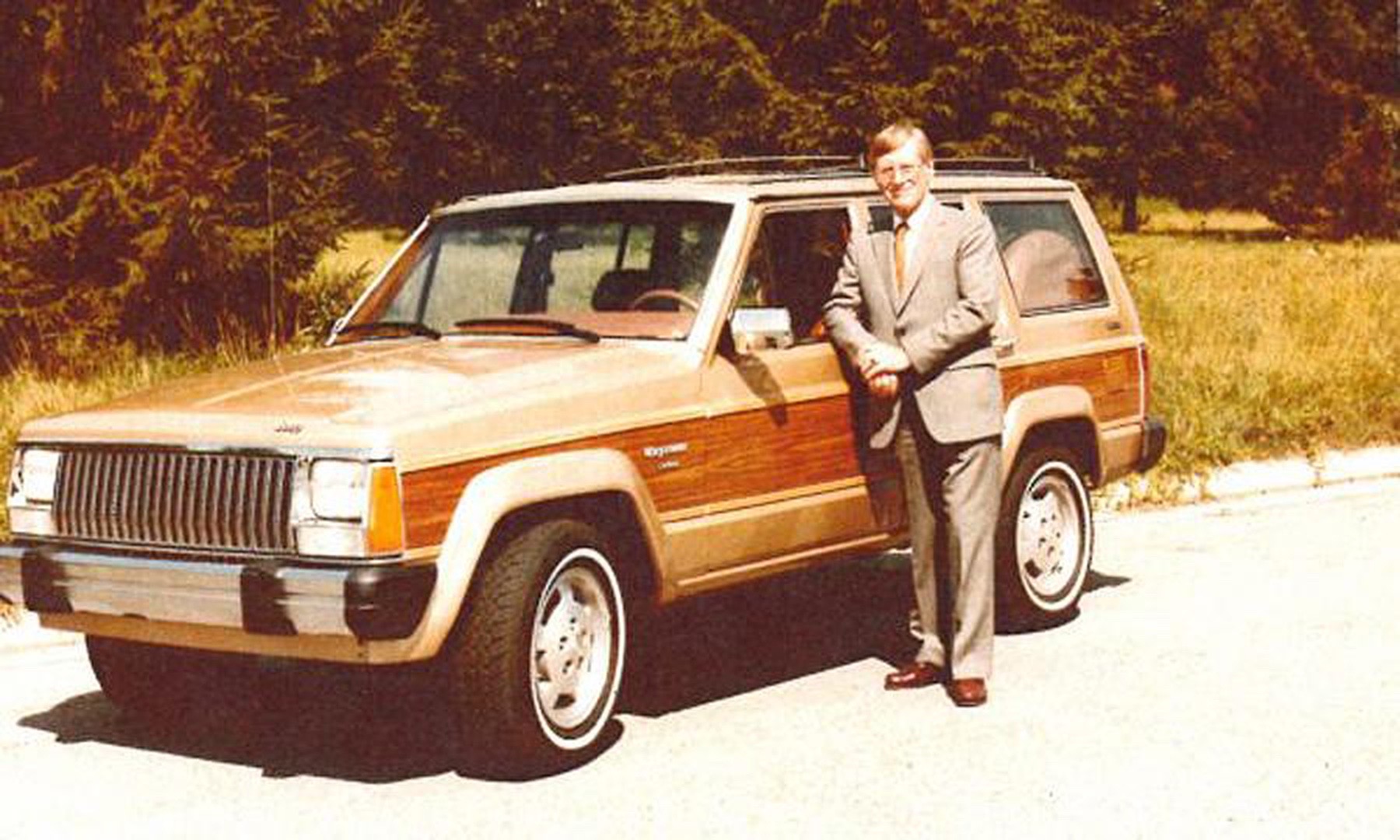
When American Motors (AMC) acquired Jeep, it brought in Roy Lunn as director of engineering for the brand in 1971 and he was soon made vice president of engineering for AMC. One of his most numerically successful designs was the uni-body Jeep XJ Cherokee that saved AMC. (Cherokee can be credited for supporting Chrysler trough some tough times, as well.)
Lunn’s smooth, silent and efficient four-wheel drive system allowed AMC to create a new niche with a full line of 4wd automobiles. When Renault bought AMC, Lunn completed his career by forming and directing Renault Jeep Sport to centralize all AMC and Renault racing activities in the U.S., not the least of which was the design and production of 864 low-cost Sports Renault race cars for SCCA.
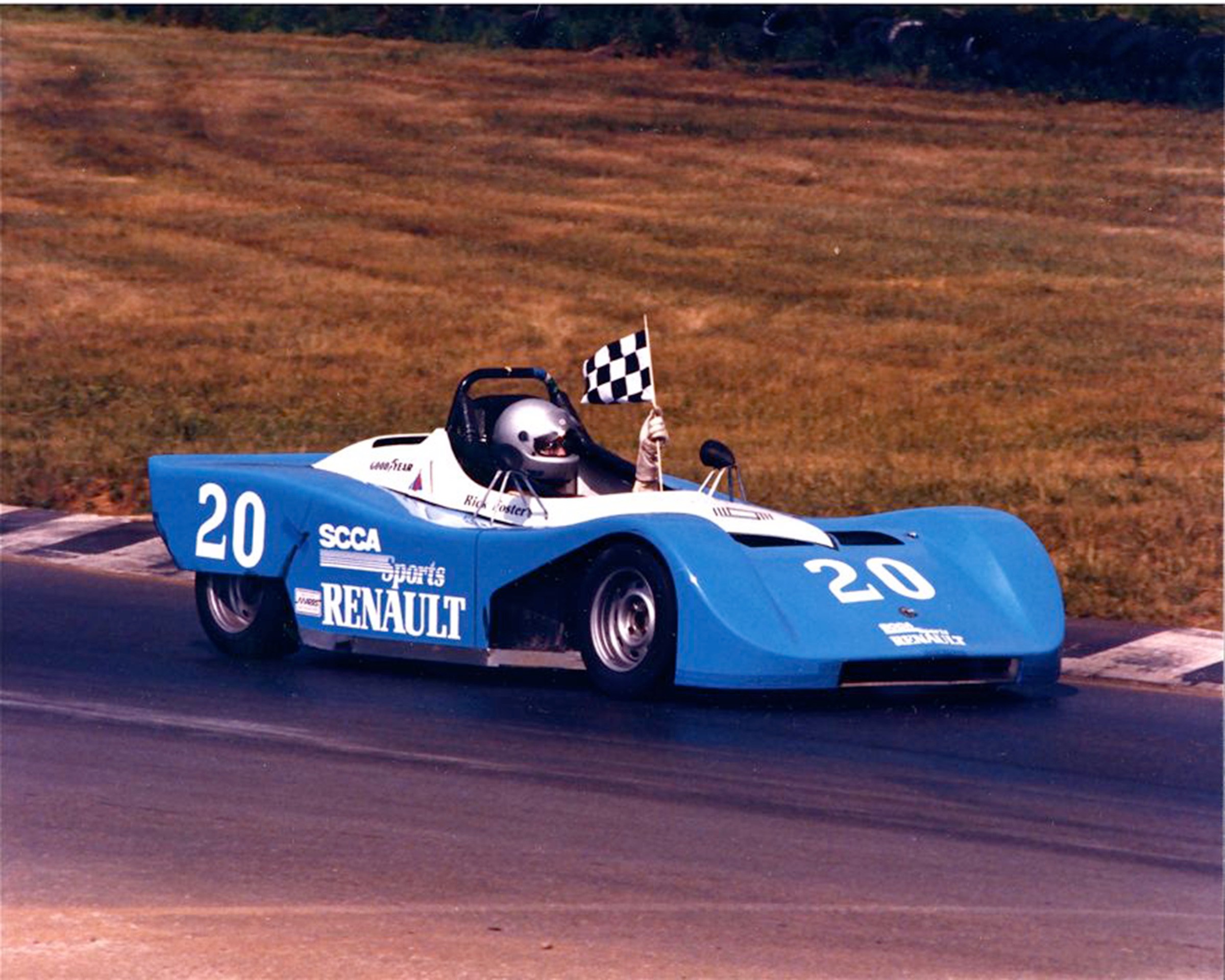
Roy Lunn suffered very few failures in his long career; retirement may be his first. No. Wait. He’s never really tried. On a recent visit we sat at the drawing board in his design studio in Santa Barbara. He has spent several years developing the sciences from which he will construct the prototype of his “renewable materials people’s car.” Saw mill waste reduced to fine fibers will be steam-pressed or extruded into the component parts of his dream car. It will seat four, cost half the price of a current economy car and its primary material can be reused indefinitely.
“It’s got to be affordable and a family car,” he explains. “Today you can go into a store and buy an economy car for about $15,000. That is a too big a chunk of the take home wages of many workers around the world.”
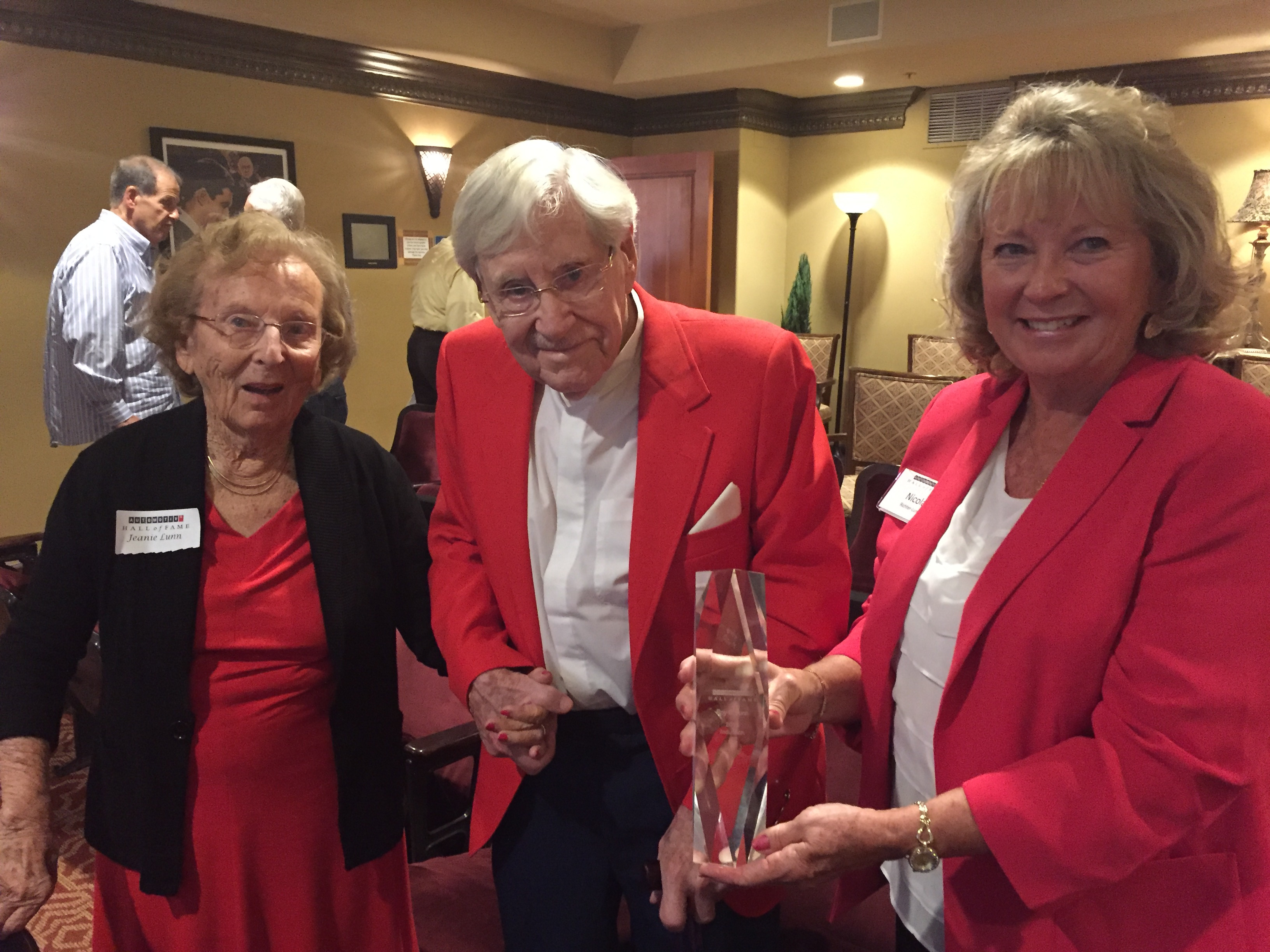
In his spare time, Mr. Lunn mentors students in the University of California Santa Barbara mechanical engineering program — maintaining his clear vision on the future. He’s also determined to write another book on the process.
However, the world lost this intellectual power source late this summer, as this story was being developed. Our heart-felt thanks and sincere condolences to Jeanie and their daughter Niki (a fine painter who shares her father’s limitless creativity) for my recent awesome (no hyperbole) visits with Roy. He was a “one-off.”
“Calling Roy Lunn anything but a genius would be an understatement,” Hemmings Classic Car said. And the automotive writer Ronnie Schreiber posted on thetruthaboutcars.com in 2014, “I’m hard pressed to think of many other engineers that had a role in developing so many historically important cars as Roy C. Lunn did.”






MY grandfather was a genius. I miss him so much. No body can touch his work. he was the developer of some of the y greatest concepts in automotive history today. this article didn’t even mention the first cross-over vehicle -the AMC Eagle. imiss him so much and i am so happy he is finally being recognized for all his hard work. I look up to him with every thiong i have in me. he worked hard until the day he died. i only hope i can make half the difference he made in in this world.I am so happy i got to live with you for those 6 years and spend that time with you. i was truly blessed to have u as my grand father. i love you Grandpapa and miss you with all my heart